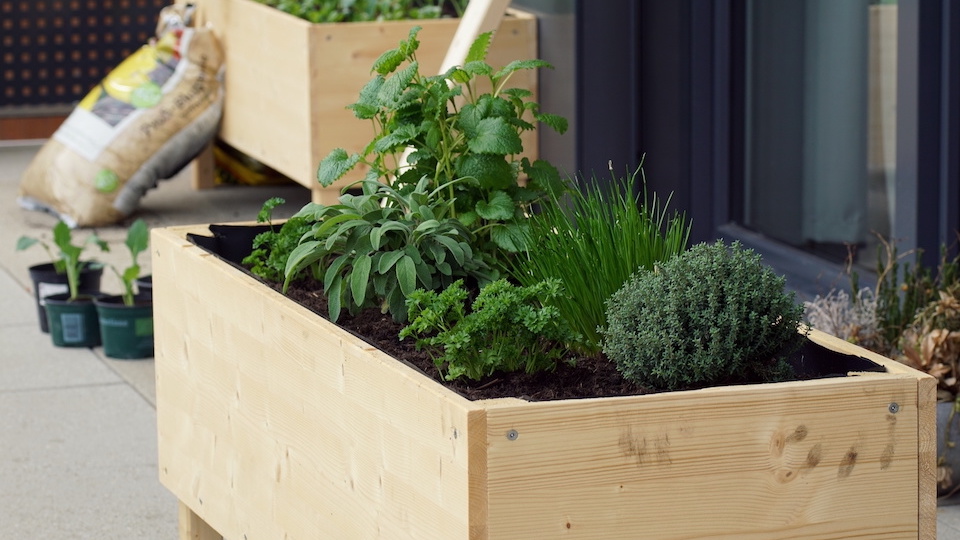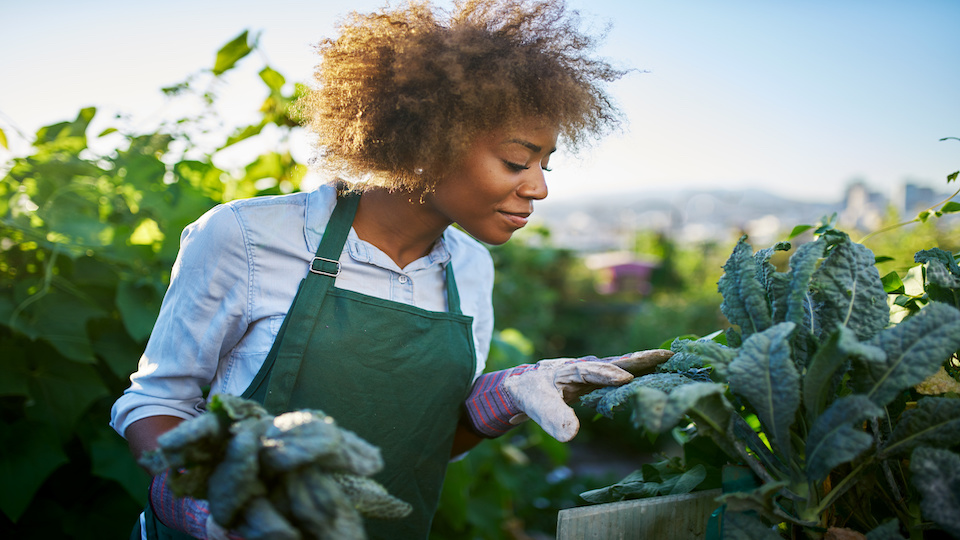10 Reasons You Should Try Simple Box Gardening
Traditional gardens are planted in long rows in the soil and generally require quite a bit of space and tending to be successful. You have to clear a space, amend your soil and be diligent in keeping weeds away. In short, conventional gardening can be kind of backbreaking, and this is why many people never create a home garden of their own.




